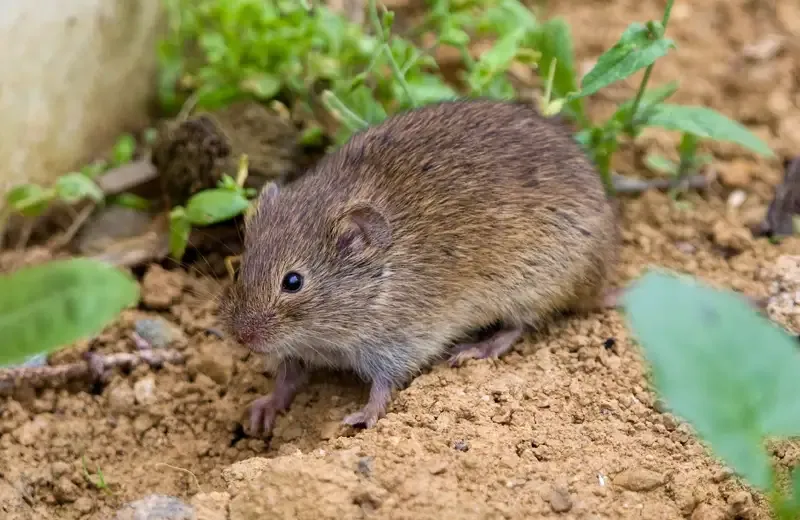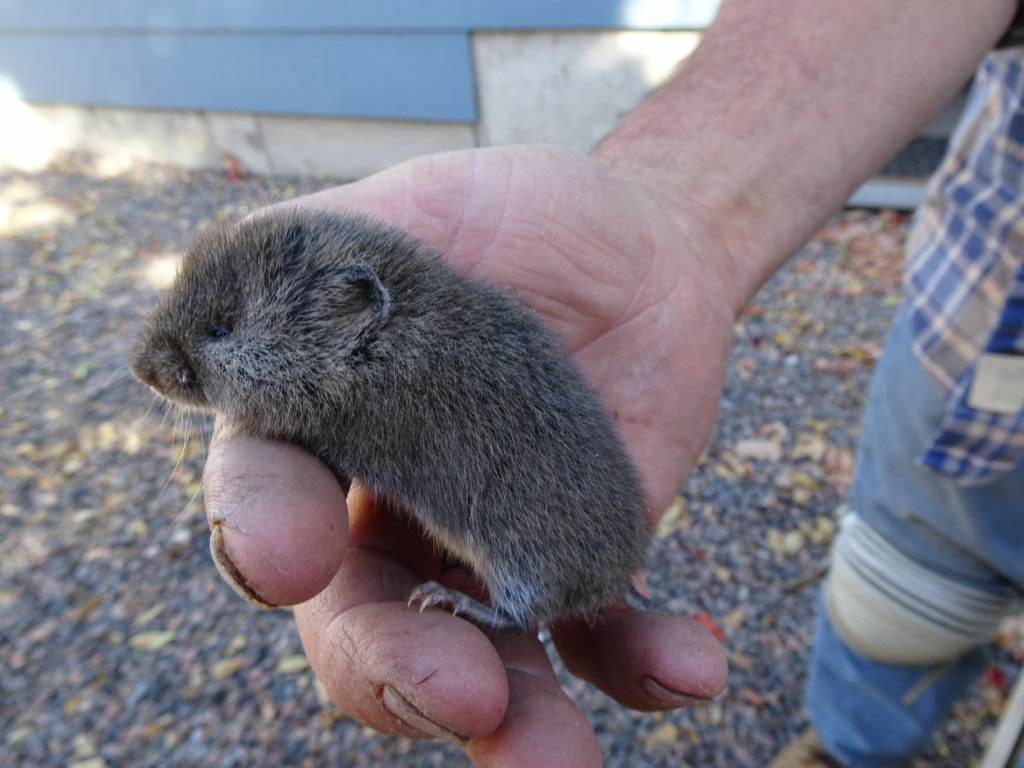Vole Bug Control Demystified: A Full Review of Invasion Discovery and Efficient Treatment Techniques
From refined indicators of invasion to the execution of targeted control steps, browsing the realm of vole insect control requires a blend of understanding and strategic action. In this thorough summary, we will certainly explore the subtleties of vole problem detection and dig into the realm of effective therapy methods that can guard your areas from these underground annoyances.
Comprehending Vole Behavior Patterns
Understanding the intricate habits patterns of voles is necessary for efficiently applying bug control steps in farming and domestic settings. Voles, small rats that resemble computer mice but with stouter bodies, are well-known for their quick reproduction prices and voracious hungers for plant life. By delving into their behavior patterns, bug control specialists can get important understandings right into vole habits, vulnerabilities, and preferences.
Voles are primarily herbivores, feeding on a broad range of plants, light bulbs, origins, and roots. They are also prolific tunnelers, developing intricate below ground burrow systems for nesting and foraging. By recognizing these behaviors, parasite control specialists can purposefully position catches and lure terminals along vole paths and access points, boosting the likelihood of effective removal.
In addition, expertise of vole habits patterns can assist in establishing precautionary steps to prevent future invasions. By attending to aspects that draw in voles, such as dense vegetation cover and easily obtainable food sources, homeowner can make their premises less welcoming to these harmful insects - vole control utah. In verdict, a detailed understanding of vole actions is vital in devising sustainable and reliable insect control strategies
Identifying Signs of Vole Problem
Efficient vole insect control starts with quickly identifying the indicators of vole infestation on residential or commercial properties. Among the most typical indications of vole presence is the presence of surface area paths. These paths are narrow paths via turf or plant life that voles produce as they take a trip between their burrows and food sources. In addition, vole droppings are one more clear sign of invasion. Vole droppings are little, round pellets that are frequently discovered along their paths or near their burrows.
In addition to runways and droppings, munch marks on tree bark and plant life are also indications of vole task. The visibility of burrow openings in the ground indicates an active vole population.
Being vigilant for these indications can assist homeowner discover vole problems early and take proper parasite control actions to prevent more damages.
Carrying Out Targeted Control Steps
What details techniques can be used to efficiently apply targeted control steps for vole parasite administration on residential or commercial properties? Applying targeted control steps for vole bug administration calls for a multi-faceted method that incorporates both avoidance and elimination approaches.
Trapping is one more reliable method for managing vole populaces. Live traps can be purposefully placed along vole paths or delve entrances, baited with peanut butter or apple pieces. As soon as caught, voles should be humanely gotten rid of to a different area to stop reinfestation.
Rodenticides can be used as a last hotel for severe problems, but care must be exercised to protect against harm to non-target animals. It is essential to comply with all safety and security standards and policies when using rodenticides for vole control.
Green and all-natural Treatments
The adoption of ecologically conscious practices can play a pivotal role in managing vole populaces without creating damage to see page the environment. Environment-friendly and natural treatments provide a sustainable approach to vole parasite control, decreasing using unsafe chemicals and advertising biodiversity in the impacted areas.
One effective all-natural approach is using predator urine or killer decoys. Predators like foxes, owls, and snakes are the vole's all-natural opponents. By tactically positioning killer urine or decoys around the ravaged areas, voles may be hindered from clearing up in those places.
Furthermore, planting vole-resistant vegetation can aid in reducing vole damage. Plants such as daffodils, crown imperials, and Siberian squill are known to be unappealing to voles and can work as all-natural repellents.
In addition, creating physical barriers like wire mesh or gravel around prone plants can protect against voles from accessing them. These barriers can help protect yards and landscapes without posing any kind of hazard to the atmosphere or other non-target species. By integrating these natural and green treatments, vole problems can be managed successfully while maintaining ecological equilibrium.
Long-Term Prevention Methods
To sustainably deal with vole invasions over time, executing positive procedures is vital for lasting avoidance techniques. By lowering thick plant life, compost, and clutter around buildings, you can make your property much less attractive to voles.
Routine monitoring of vole task is crucial for very early detection of any signs of infestation. Establishing vole catches can help in controlling their populace before it becomes a full-on invasion. It is also vital to secure off any type of entry points to structures or structures to protect against voles discover this info here from obtaining gain access to.

Conclusion
To conclude, understanding vole habits patterns, recognizing indications of problem, implementing targeted control procedures, making use of natural and eco-friendly treatments, and implementing long-lasting avoidance approaches are important action in efficiently handling vole problems. By being proactive and taking the required actions to resolve vole issues quickly, people can efficiently control and avoid vole problems in their buildings.
